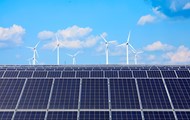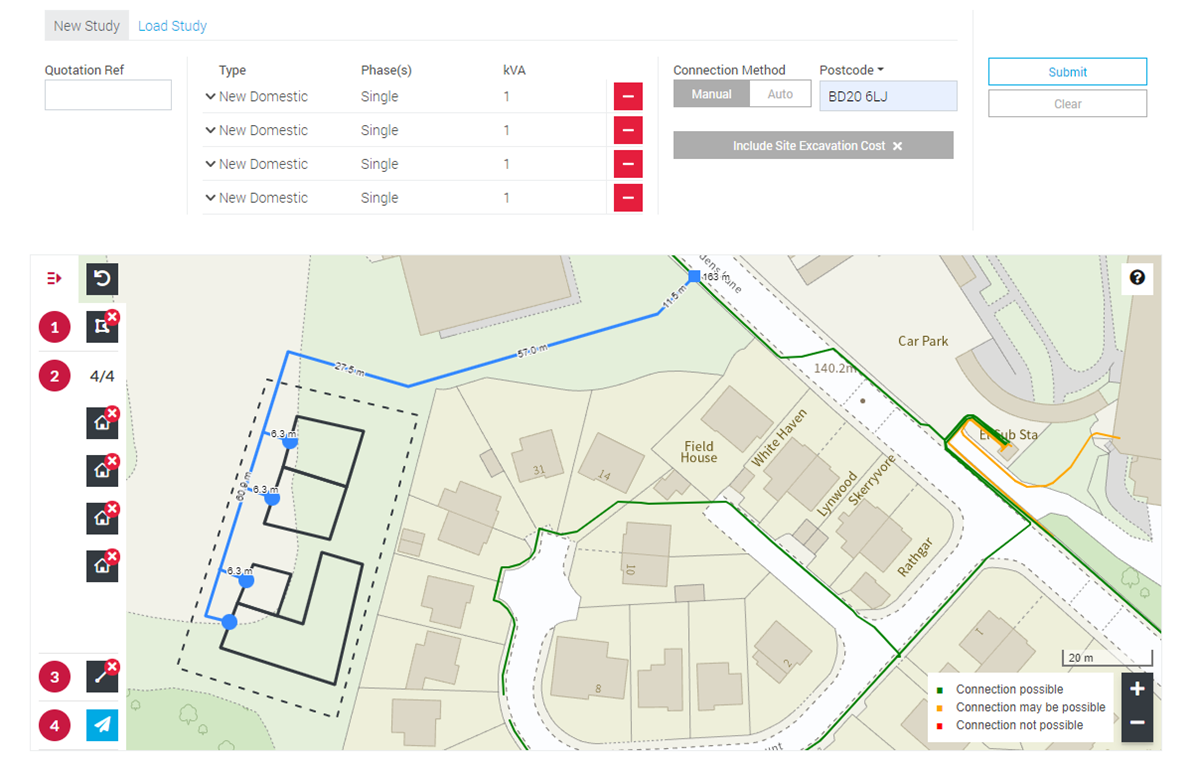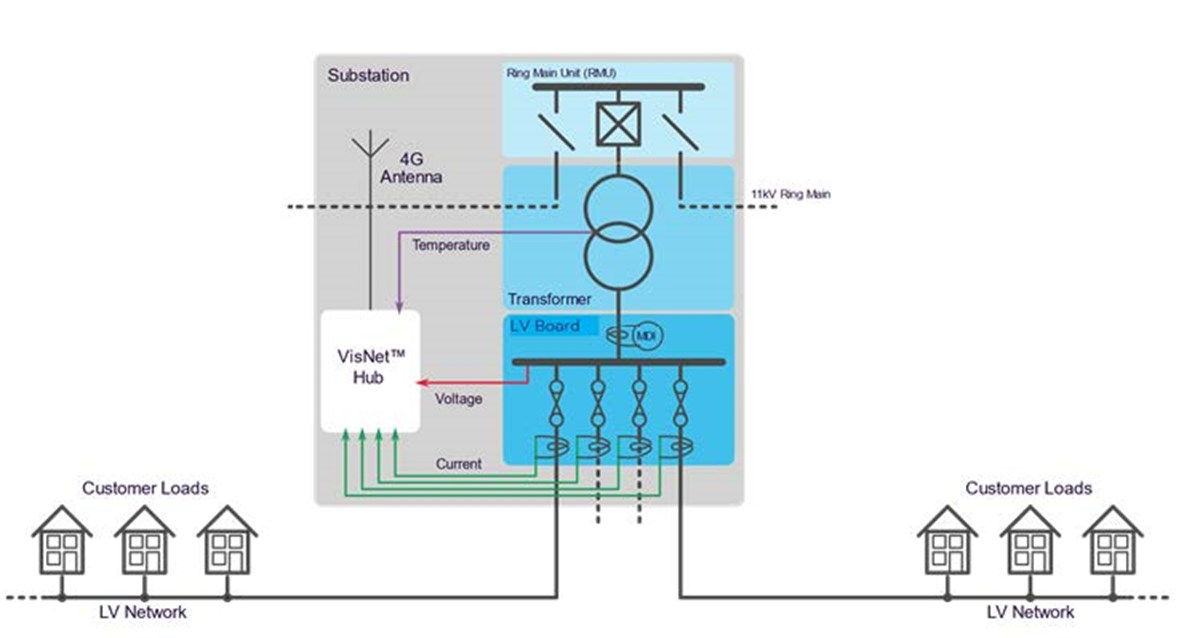Achieving Net Zero: Transforming Australia’s Energy Future
Australia is progressing towards achieving net zero by 2050, following the Progressive Change scenario. This transition requires a shift in how we generate, distribute, and consume electricity, with a growing reliance on low-voltage (LV) networks to support new energy demands.
From electric vehicles (EVs) to energy-efficient heating and cooling, these changes will significantly impact traditional power flows, making LV grid transformation crucial to a net zero energy transition.
The Need for a Future-Ready LV Grid
The Australian energy market is already experiencing major shifts as consumers and businesses adopt sustainable energy solutions. An EV or reverse cycle air-conditioner consumes as much power as a typical household appliance but runs for hours instead of minutes. Replacing all cars with EVs would require doubling the nation’s energy capacity, putting immense strain on existing infrastructure.
Australia’s LV distribution network, built decades ago, was designed for one-way power flows. With over 11 million electricity customer connections and approximately 574,000 distribution transformers, the network was not equipped to handle reverse power flows from solar, batteries, and EV charging. This lack of monitoring, control, and communication makes the transition to net zero carbon emissions increasingly complex.
Addressing Capacity Challenges in the LV Network
The LV network has finite capacity, and when exceeded, its lifespan declines rapidly, leading to costly long-term damage. Without proactive intervention, Australia could face widespread disruptions and extensive investment needs, with large-scale grid upgrades disrupting streets across the country.
To maximise the efficiency of the LV network, two essential strategies must be prioritised:
- Modelling: Identifying available capacity to optimise infrastructure.
- Monitoring: Analysing daily, weekly, and monthly demand patterns to ensure the network operates within safe limits.
How EA Technology Supports Achieving Net Zero
At EA Technology, we specialise in LV network monitoring and modelling, helping businesses and energy providers navigate the challenges of achieving net zero emissions. Our expertise in smart grid solutions, asset management, and power system resilience ensures a sustainable and cost-effective transition for Australia’s energy sector.
For a deeper dive into the energy transition landscape, explore our insights on Understanding the Energy Future.
Take the Next Step Towards Net Zero
Ready to optimise your LV network and drive sustainable change? Contact our experts today to discuss tailored solutions for your energy strategy.
Related Services

Future Grid Strategic Planning
EA Technology's highly qualified experts can help you with strategic planning for your future grid.

DSO Transition
EA Technology is at the forefront of supporting the vision and strategy for DNO to DSO transition.

DER Integration
EA Technology provides consultancy services to help Australian networks best manage the take up of Distributed Energy Resources (D...




